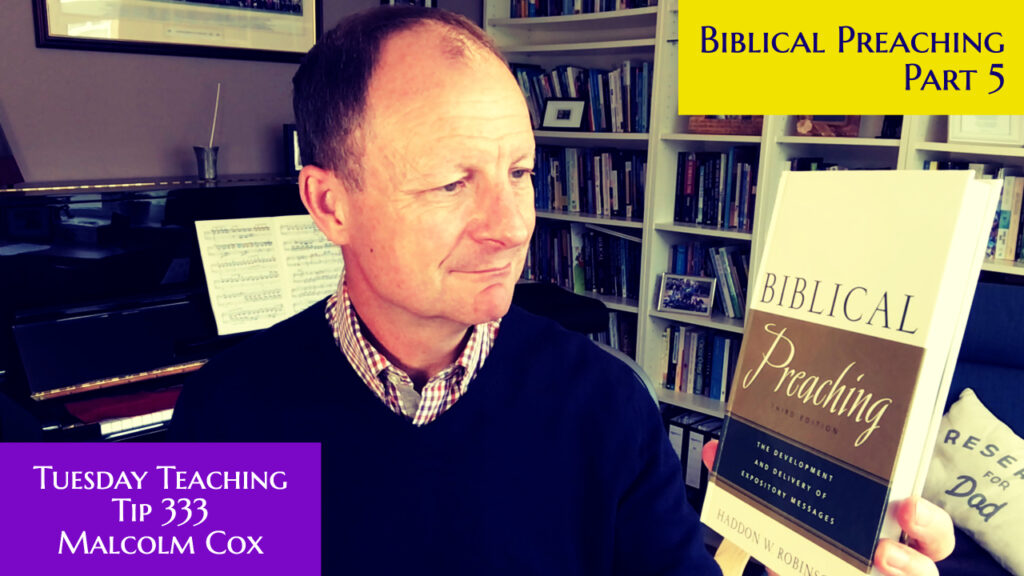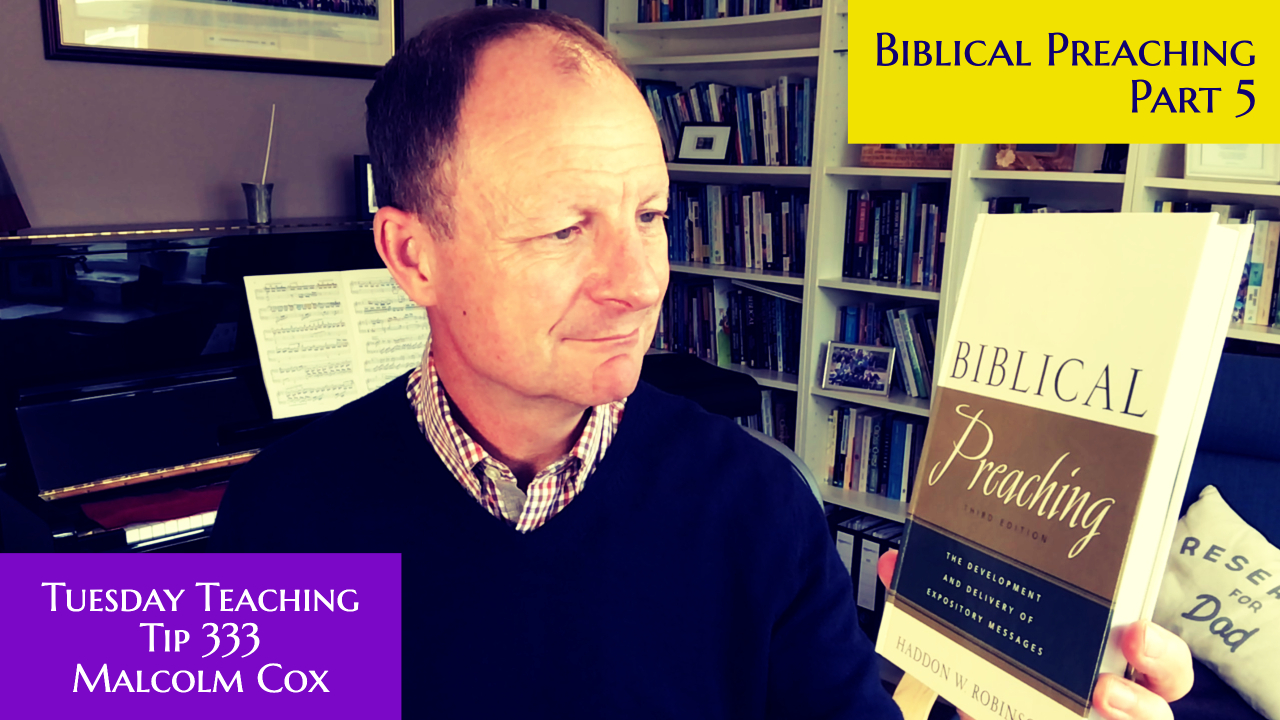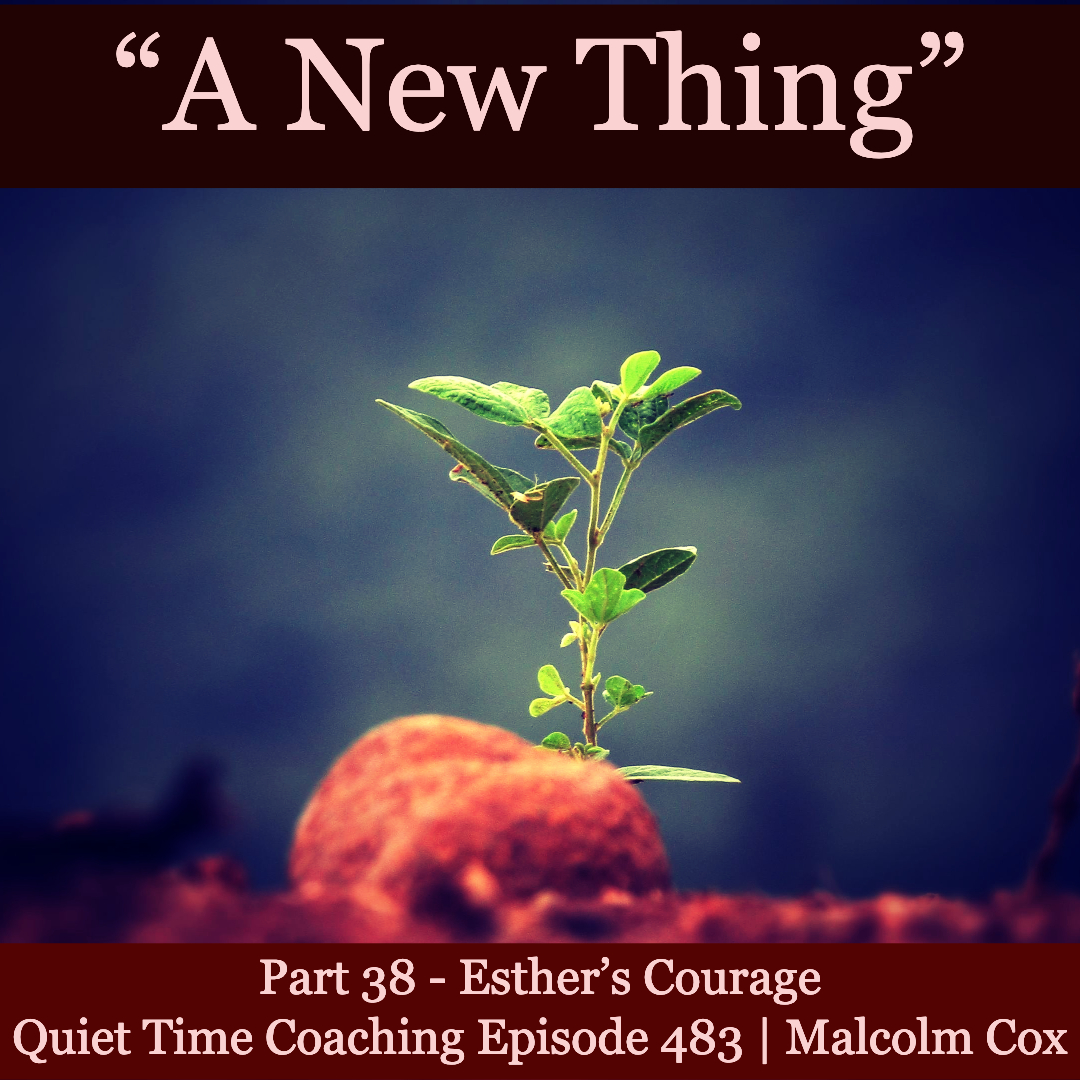
Today we look at the fifth chapter – The Arrow and the Target 🎯
- In light of the audience’s knowledge and experience, think through your exegetical idea and stated in the most exact, memorable sentence possible
- The summary statement for the parable of the prodigal could be that it tells us that God wants both the ‘sinner’ and the ‘righteous’ at his banquet.
- That statement might be enough for your audience. But, is there a way to make it more memorable?
- What do you think of these possibilities?
- “Join the Feast: You’re Invited, Prodigal or Righteous”
- “Come to the Banquet: The Prodigal Son’s Story Awaits You”
- “Your Place at the Table: Embrace Redemption Today”
- “Lost and Found: Your Invitation to the Banquet”
- “Experience Forgiveness: The Prodigal’s Return Calls You”
- “The Father’s Table: Where You Belong, Sinner or Saint”
- “Celebrate Reconciliation: Your Seat is Waiting”
- “God’s Love Awaits: Feeding Your Soul, Prodigal or Righteous”
- “Grace for All: Your Place at the Prodigal Son’s Banquet”
- “Join Us at the Table: Embracing Sinners and Saints Today”
- Note that they address the audience and invite a response.
- The power of purpose — determine the purpose for this sermon
- All too often we are vague
- “Sometimes our response to the question, “Why are you preaching that sermon?” is as clear as a thick fog: “I’m preaching this sermon because I want to give the people a challenge.” Such answers, usually implied rather than stated, produce sermons that resemble a dropped lemon meringue pie—they splatter over everything, but hit nothing very hard. They lack a definite purpose!”
- The sermon is not conveying an idea, it is addressing real people with real needs. It needs a target. The arrow to be pointed at something for a purpose.
- Ask
- Why did the author (of the text) say/write this?
- What impact did the author/speaker hope their words would have?
- Imagine them being interview by you. You — “So, Jesus, when you taught the parable of the prodigal, what were you hoping would be the response of the people who heard it?”. Jesus — “Well, Malcolm, I’m glad you ask because what I was hoping was….”
- The purpose is not the content, but the behaviour we hope will result as a result of engaging with the content.
- In the case of the prodigal son, and depending on the context of the lesson (who will hear it), the purpose could be any of the following:
- To convince people that God feels as passionate about saving the religious as the pagan
- To inspire people to pray for and reach out to friends who are sinners and righteous
- To offer hope to any who feel distant from God as a result of their sins
- To challenge the self-righteous in the hope they will repent of pride, and embrace the same heart for the sinners as God
- We are looking for our hearers to move once they have been moved
- All too often we are vague
- Conclusion
- Our arrow needs a target
- That target will be adjusted depending on who will be hearing the sermon
- The hearers need to know how to respond to what they hear
Consider joining AIM UK&Ireland to develop your understanding of Scripture: https://aimukandireland.com/. Our current module is Homiletics (the preparation and delivery of lessons).
Contact us here with enquiries: courses@aimukandireland.com
The website can be found here: https://aimukandireland.com
Please add your comments on this week’s topic. We learn best when we learn in community.
Do you have a question about teaching the Bible? Is it theological, technical, or practical? Send me your questions or suggestions. Here’s the email: malcolm@malcolmcox.org.
If you’d like a copy of my free eBook on spiritual disciplines, “How God grows His people”, sign up at my website: http://www.malcolmcox.org.
Please pass the link on, subscribe, and leave a review.
Remember to keep calm, and carry on teaching.
God bless, Malcolm





